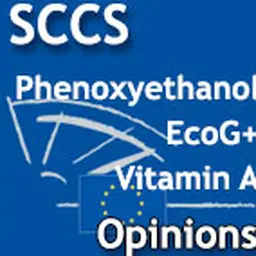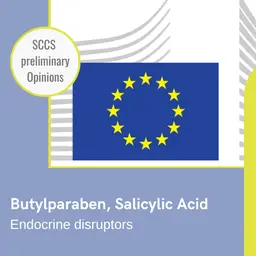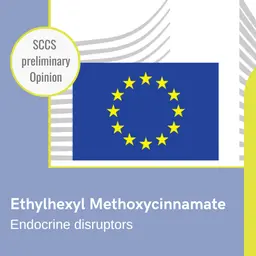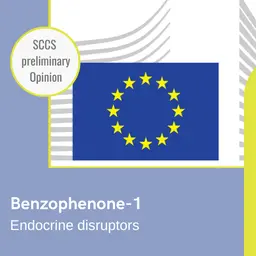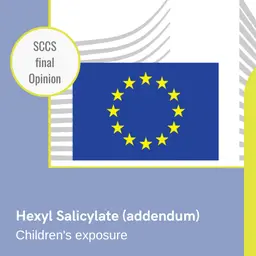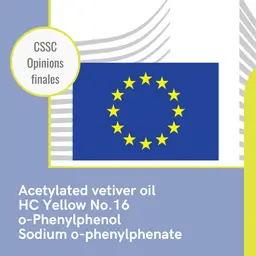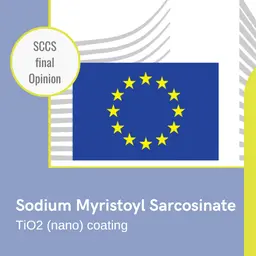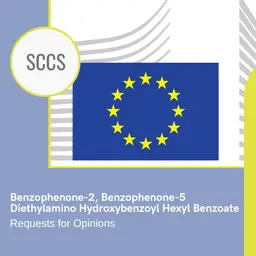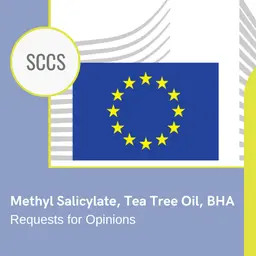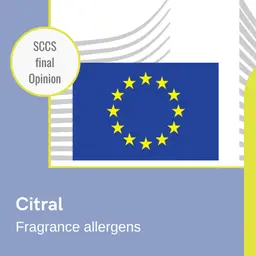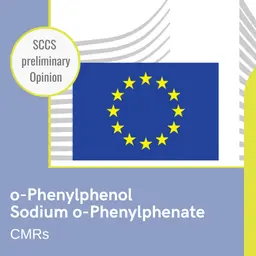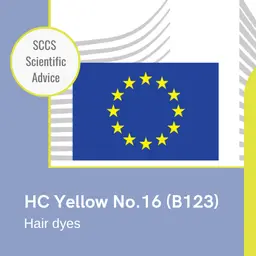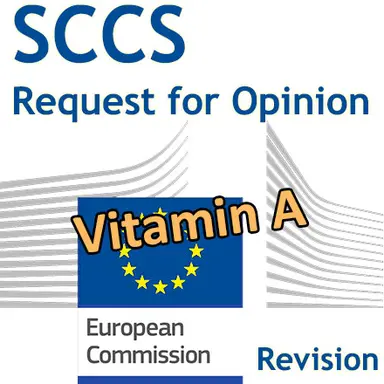
In 2016, the SCCS (Scientific Committee on Consumer Safety) published its final Opinion on the safety of vitamin A compounds used in cosmetic products (Retinol, Retinyl Acetate, Retinyl Palmitate). Following new data on aggregated exposure to vitamin A, the European Commission has now requested a revision of this Opinion. The Scientific Committee accepted this mandate by written procedure on 8 March 2021.
Background
Vitamin A is currently not regulated in the annexes to the Cosmetics Regulation (EC) No.1223/2009. In 2016, the SCCS issued the Opinion SCCS/1576/16 on Vitamin A concluding that its use as a cosmetic ingredient is safe at given concentrations for body lotions and face creams, leave-on (other than body lotions) and rinse-off products.
However, in its Opinion, SCCS recognized also that the population’s overall exposure to Vitamin A can be significantly higher: “The most important source of Vitamin A in the population is diet, followed by food supplements and cosmetics.(…) Exposure to Vitamin A via food may already be very close to the UL and any additional source of exposure, including cosmetic products, may exceed this UL.” (UL stands for tolerable Upper intake Levels and it is used in the Risk Assessment).
Based on the SCCS Opinion, intake of Vitamin A via additional sources of exposure to Vitamin A (in addition to exposure via food) may, therefore, exceed safe levels.
In 2020, the Commission services received additional information on a recent study that evaluated the aggregated exposure to Vitamin A from cosmetics, diet and food supplements and the contribution of cosmetic products among the overall/total exposure to Vitamin A. …

